Originally focused on solving the ’child’s viola problem,’ Vermont-based makers V. Richelieu focus today on the importance of sustainable material sourcing in the face of climate change and resource depletion
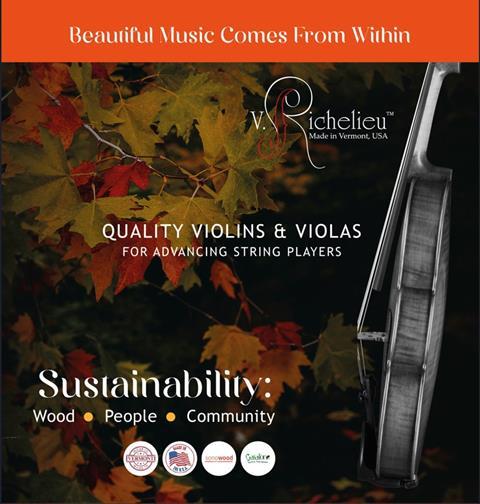
The V. Richelieu instrument line began ten years ago in response to a precocious child whose body refused to grow from a ¼ violin to a ½ violin. Originally focused on child-sized violas, the V. Richelieu line has grown to include both fractional and full-scale violas, fractional and full-scale violins and special edition models including a Brescian viola inspired by Gasparo da Salo. Today, the V. Richelieu team consists of seven luthiers and two machinists who studied at North Bennett Street School in Boston, The Chicago Violin Making School and the Salt Lake City Utah School of violin making. Their collaborative, team approach produces roughly 100 instruments a year, violins and violas.
Four of our seven team members play viola. Local teachers were frustrated with child-sized violas in rental programmes, so we focused initially on the outer fringe - fractional violas. Assumptions about arching, neck angles, fingerboards and set-up for smaller violas have been based on violins. Commercially built fractional violas tend to use fractional violin plates and/or scrolls, limiting the sound and colour variation. We began to unravel the assumptions and rebuild the instrument based on larger viola models like the Erdesz. The new instruments began to respond and sound like violas. The C string developed the depth and colour that separates the viola from the violin. Covid was a rude interruption to the introduction of the fractional viola line, but we now have viola teachers who insisted on starting students on the violin, starting students on the viola.
As violists age, the size and weight of the instrument forces many to stop playing, or switch to instruments whose sound they can’t identify with in an affordable price range. Our machining capacity and size allows us to develop and produce more diverse models. The team began with scrolls, designing scrolls with lighter weight to reduce stress on the jaw bone and neck. Given our machining capacity, our luthiers introduced a moderately priced Da Salo model known by violists for its shorter string length and dark, rich voice. Weekly team meetings have become creative brainstorming sessions with debates on everything from block material to overstand numbers. QC checklists and databases challenge our artistic mindset but have been invaluable as we move ahead.

While developing new V. Richelieu models, we explored alternative tonewood sources. New England has exported spruce, maple and other woods for hundreds of years. The United States is currently one of the worlds largest timber suppliers. In Vermont where we work, neighbours, carpenters and a broader network of wood sources regularly stop by or contact us with a variety of North American spruce and maple species. We took advantage of the opportunity to compare these woods in violas with the standard European tonewoods we felt familiar with. Like violin makers in the 17th and 18th century, we expanded our wood selection and sound.
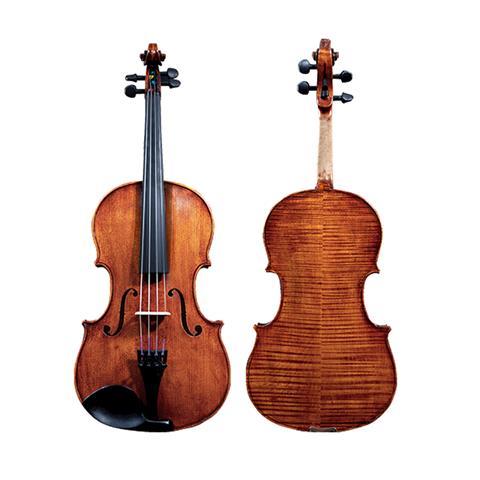
The selection of woods and sound surprised us. Red spruce from Maine feels and sounds different from red spruce from the Adirondaks. Sitka spruce that had been used as ’soak logs’ in rivers to hold salmon nets worked (and smelled) differently than new Sitka spruce. We compared red maple from the Catskills, red maple from Maine; big leaf maple from the Coquille reservation in Oregon, big leaf maple from parts of Washington State. We explored further with Myrtle, Sycamore and Cherry. We built over 300 instruments, collecting sound and density data for the different woods. Initial data collection suggests north American forests contain a diverse variety of potential tonewoods that would benefit the sound pallet.
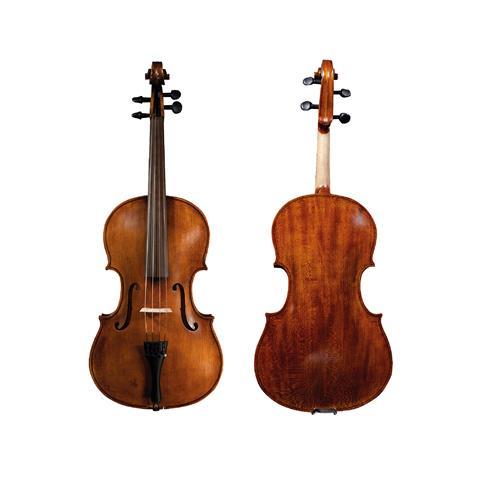

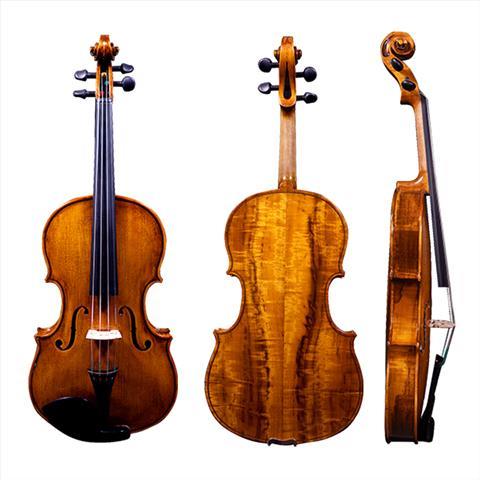
As we went further afield to find and test different possible tonewoods, the threats to these tonewoods became more apparent. We continue to explore violins, violas and hopefully cellos, looking for ways to diversify the marketplace and make the instruments more accessible. We are well aware, that moving forward, sustainability and climate change will be major challenges to the future of our shop and industry. We have incorporated a sustainable mission and look forward to FSC certification for our instruments in the near future as we continue to build and innovate.
Join us in our mission to redefine the world of instrument making. Explore our collection and experience the rich, resonant sound of V. Richelieu instruments for yourself. Visit our website or contact us today to learn more - www.vrichelieu.com









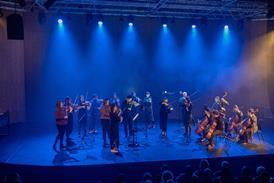

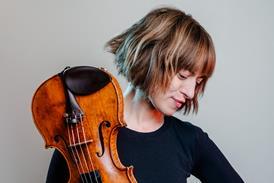
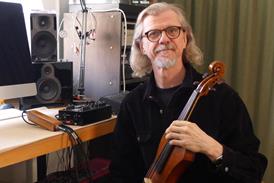
















No comments yet